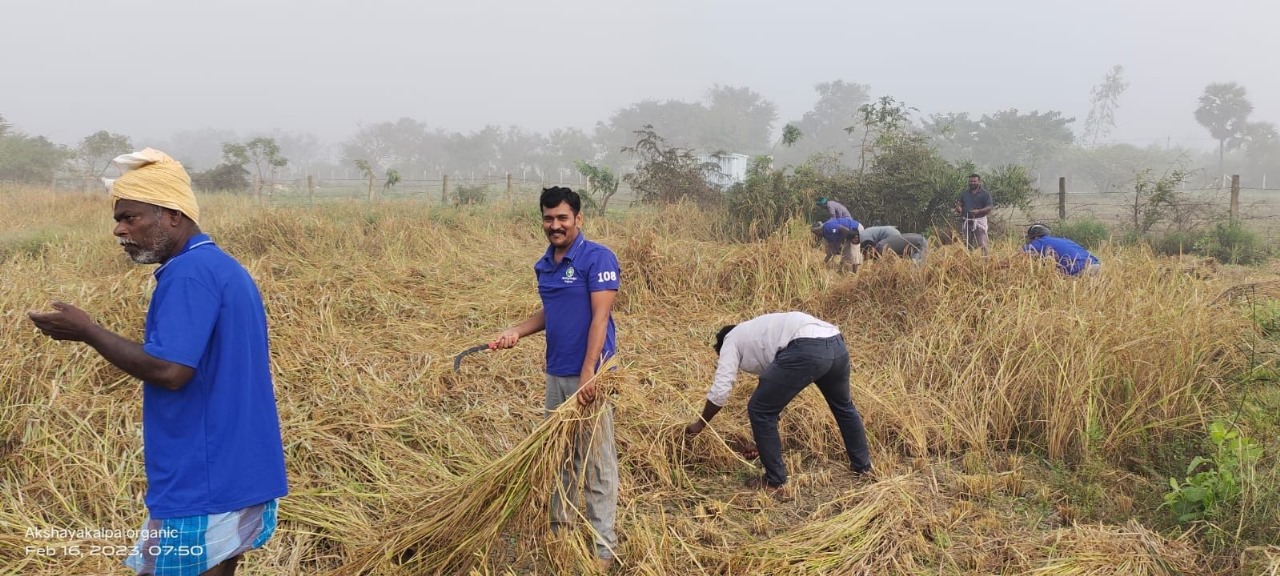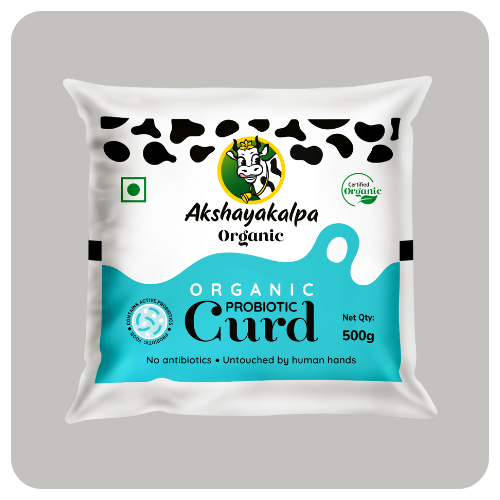Being the change that climate change needs!

Nutrition in food is directly dependent on the nutrients in soil. Healthier the soil, healthier the plant, fruits and vegetables.
But what happens when the soil in itself is deficient in nutrients?
A soil health survey in 2019-20 by the Indian Government shows average Indian soils are 55% deficient in nitrogen, 42% deficient in phosphorous and have a 44% organic carbon deficiency. When soils are not healthy, their ability to produce healthy and nutritious food is compromised, resulting in nutritional gaps in our diets. Mass-scale food production is one of the main culprits for draining agricultural soil of its fertility.
A documentary by the United Nations titled ‘Kiss the ground’ projects that we may have only 60-odd years of agriculture left unless we take drastic steps to fix the health of our cultivable soil.
In an attempt to overcome this modern-day predicament, farmers are returning to tradition and looking to their roots for a solution. One such way to boost soil health naturally through purposeful and planned farming practices is regenerative agriculture.
Regenerative farming or regenerative agriculture encompasses practices in harmony with nature that have a lower impact on the environment. It is the process of working in tandem with the existing eco-systems to elevate not just the quality of the soil but that of the water, air and our food too. Akshayakalpa farms are a perfect example of how making soil health a priority can directly impact the nutrition of food.
While the exact definition of regenerative farming differs from region to region, depending on the requirement of the land, the broad category principles remain similar. They are:
1. Minimal Soil disturbance: When land is ploughed, the physical disruption of the soil structure leads to breaking down of the organic matter holding the soil together. Keeping tillage to a minimum is one way to keep soil healthy
2. Diversity is key: Crop rotation and cultivation of a variety of crops helps with nitrogen fixation as well as returns nutrients to the soil without the use of artificial fertilizers
3. Incorporating animals: Grazing animals on the farm keep unnecessary weeds in check while their manure adds to the fertility of the soil
4. Keep it organic: Organic farming practices shun the use of chemical fertilizers and pesticides that bleed the soil of its innate nutrients over time. Organic soils hold more water and air and result in better yields.
5. Keep the soil covered: Growing cover crops like barley, millets and oats help keep the top soil in place, preventing loss of minerals due to soil erosion
6. Living roots in the soil: Capture carbon dioxide from the atmosphere and store it in the soil and also regulate ground water
While the ask in regenerative agriculture might be a lot, the rewards are tenfold. Farms like Akshayakalpa Organic that practice regenerative farming positively impact in the long-term farmer livelihoods through reduced costs, keep chemicals out of our air and water while protecting the naturally-occurring nutrients in the soil.
In short, regenerative agriculture can serve as a blueprint to help us combat climate change at the grass root – literally!



















